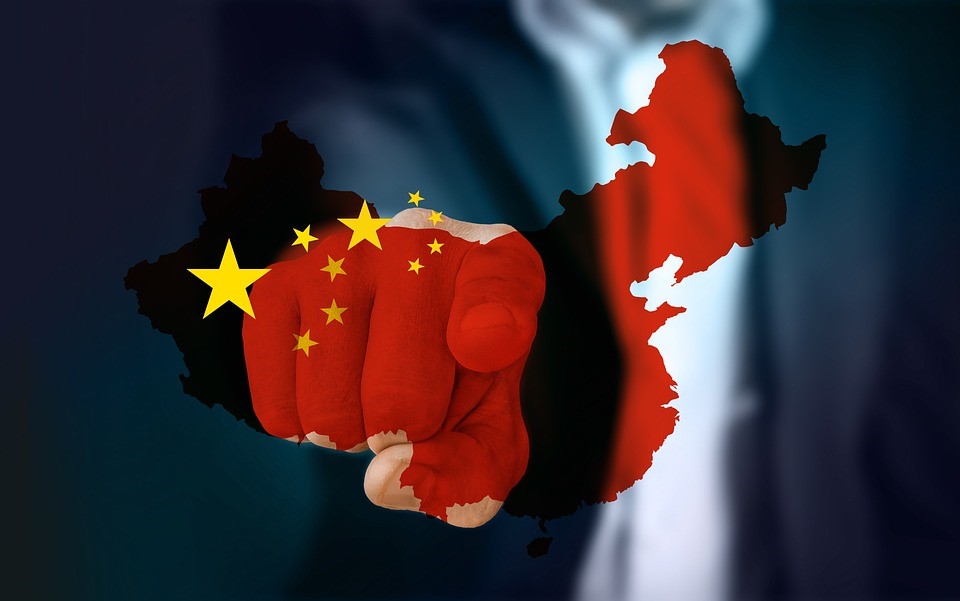Where in the world is China going to show up next? It appears the answer is right on the United States’ doorstep. Latin America and the Caribbean (LAC) form Beijing’s new strategy for maco-regional development of economic and business interests and trade relations. China first showed up in the region in the 16th century. While its footprint in the area remains small today in comparison to the influence exerted by the United States, defense and security aspects present Washington with a fast-evolving geopolitical challenge in an area of vital interest to the US. Beijing is delivering sophisticated weapons and arms to the region. In the near future, some Western military analysts speculate it may require Chinese instructors to work in the LAC for paramilitary purposes, despite Beijing’s claim it bilateral relations are purely economic.
Conventional defense and security cooperation, led by China’s private security companies (PSCs), already are active in some LAC countries. Although their involvement to date is limited to work with local security providers, there is speculation in Washington that this could lead to government-to-government requests from China to permit the official deployment of its PSCs into the area in “a larger scope under the pretext of spiking criminality and the activities of the Chinese mafia in some LAC countries”, says Sergey Sukhankin of the Jamestown Institute. He suggests that the Biden Administration should expect China’s presence to grow, not only due to the critical natural resources in the region and strong agricultural opportunities, but also due to the lower risk posed by the LAC countries since they have strong institutions, an existing middle class, and higher standard of living than in riskier areas in sub-Saharan Africa. China’s policy currently is driven in large part by investment and business opportunities in the LAC, but it also closely focuses on less savory activities of concern, including illegal immigration, drug trafficking, corruption networks, money laundering and support for populist-authoritarian governments.
This not only increases diplomatic tensions in the region for Washington, but also represents a critical threat for US national security. Given the State Department’s lack of primacy for regional concerns since the Reagan Administration, Biden now finds Washington facing a blind spot, with some military experts saying it makes “it harder to spot threats as they emerge.” As LAC-China bilateral security cooperation expands, Washington is left playing defense against China’s ongoing contributions to the region’s economic development and business interests. China’s escalating reengagement in the LAC expanded under Deng Xiaoping’s economic reform period and the country’s opening to the West. Sukhankin says that Chinese President Jiang Zemin’s 13-day tour of Argentina, Brazil, Chile, Cuba, Uruguay and Venezuela serves as a pivotal point in modern regional bilateral relations. Since 2017, Beijing’s extension of the Maritime Belt and Road Initiative (BRI) serves as the logical extension of earlier efforts to become a key player in the LAC. China today is moving into the vacuum created by the US retreat from regional involvement three decades ago.
A recent Jamestown Foundation report points to four core interests China has in the LAC region. The first is to gain access to metals and rare earths, energy, and food to support the growth of its domestic economy and middle class. Sukhankin says China also needs to “expand export markets for its excess capacity in both heavy and retail manufactured goods.” Second, the report argues that its presence is required to confront Taiwan over official diplomatic ties and gain support from the region. Third, China needs to compete with the US to “reciprocate, at least symbolically, Washington’s longstanding security presence in China’s geographic orbit” and “rising to the top of the international food chain.” Finally, Beijing intends to spread undemocratic practices by rendering support to leftist political regimes that are thwarting democracy and economic progress to both challenge the US and achieve China’s regional geopolitical ambitions.
China attempts to deflect from accusations of security concerns, claiming their only interest in the LAC is economic. However, in 2014 Chinese President Xi Jinping traveled to Brazil where he openly called for China to play a role in dealing with transnational problems in the region, according to Ted Piccone of Brookings Institution. The following year, Beijing admitted that it “has the intention to compete with the US for a greater sphere of influence in the region,” says Megha Rajagopalan of Reuters.
Geopolitically Washington needs to examine three main areas of concern. First, according to Sukhankin, is that Beijing’s broader policy concerns are hinged on its aspiration to assume a leading role in the developing world, becoming its voice and speaking on behalf of it. Second, is its US rivalry and expanding influence in America’s “backyard,” which comes as a response to the US “pivot to Asia” strategy. Finally, as early as a 2008 working paper, Beijing clearly sought non-recognition of Taiwan by the LAC countries as a principal driver of its south-south foreign policy and justification for expanding economic relations in the area. China is playing the long game while Washington appears to be taking a time out on the sidelines. That makes the situation in the region more dangerous as its gives China a free hand in the area.
Daria Novak served in the U.S. State Dept.
Illustration: Pixabay
